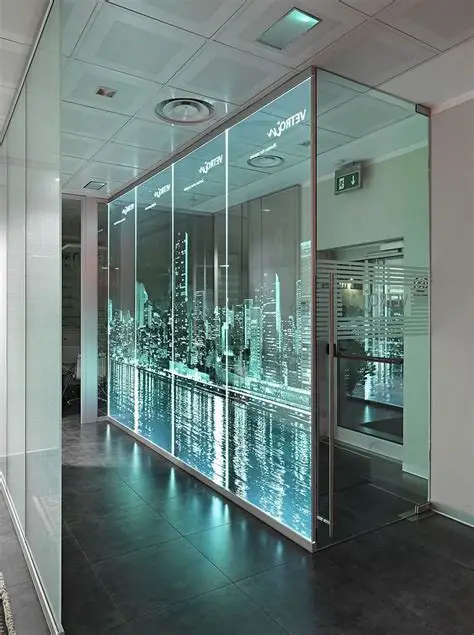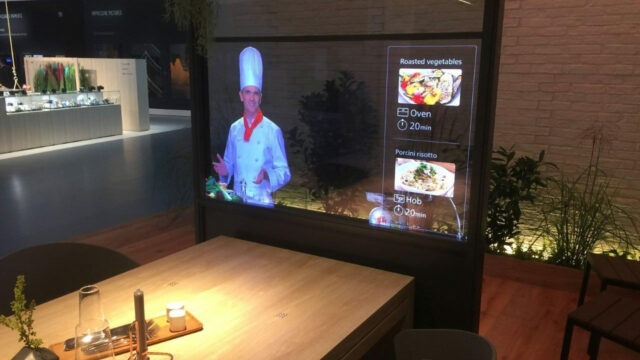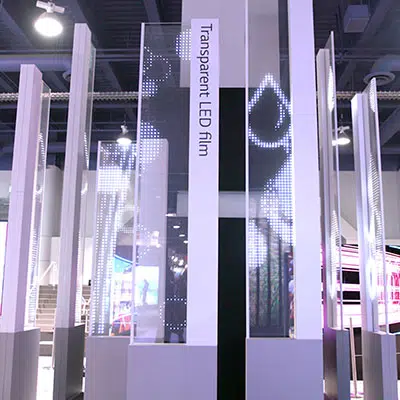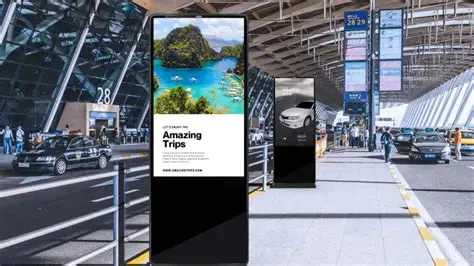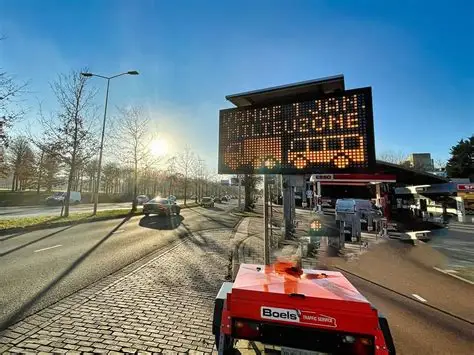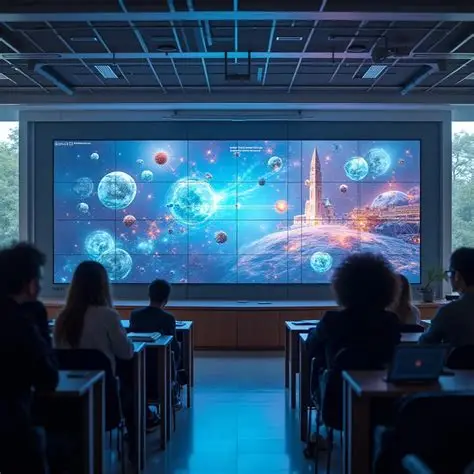Transparent LED displays—also called see-through advertising screens, transparent LED display, or digital screens behind glass—have revolutionized retail windows, building facades, event booths, and trade shows. They blend digital content with physical transparency, offering brands immersive communication without obstructing storefront views. This informative, structured article uncovers how much these installations cost, what factors drive pricing, and how to evaluate ROI for different use-cases.
Understanding Transparent LED Display Technology
A transparent LED screen is engineered to let light and vision pass through its surface while delivering dynamic digital imagery. Ideal for digital signage for storefront windows, these solutions range from indoor, film-based displays suited for luxury store digital signage, to robust outdoor screens capable of high brightness in direct sunlight. Alternatives like transparent OLED displays offer higher contrast but lower brightness and greater expense, making LED a preferred choice for commercial use.

Typical Pricing per Square Meter
Industry data provides clear benchmarks across project sizes:
- Small installations (<10 m²), such as boutique windows, cost $1,500–$5,000/m²—with many indoor P3.9 screens averaging around $2,000/m².
- Medium formats (10–50 m²), including mall façades or event booths, range between $1,000–$3,000/m² .
- Large outdoor projects (>50 m²) see prices drop to $800–$2,000/m² thanks to volume efficiencies .
- Premium holographic and film displays for trade shows or art installations typically cost $1,500–$3,000/m², with ultra-high-end architectural installations potentially reaching $6,000+/m².

What Influences Transparent LED Screen Cost?
1. Pixel Pitch & Resolution
Finer pitches (e.g., P2.6–P3.9 mm) deliver crisp visuals at close range but increase LED density and cost.
2. Brightness & Outdoor Durability
Outdoor screens needing 4,500–7,500 nits to remain visible in sun command higher prices, especially with required IP-rated weather protection .
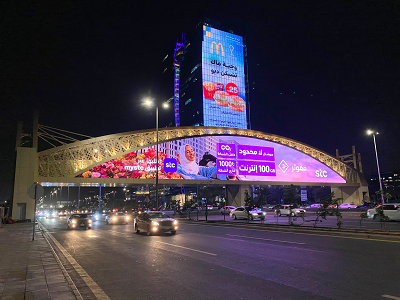
3. Transparency Levels
Screens offering 70–90% transparency use advanced materials and designs, adding 20–30% in manufacturing costs compared to lower-transparency models.
4. Type of LED
Side-emitting LEDs (600–1,000 USD/m²) are more affordable, whereas front-emitting units (1,000–2,500 USD/m²) and film-based LEDs (£500–1,500 or $600–1,500/m²) are premium in performance.
5. Size & Customization
Bespoke shapes or frameless solutions increase engineering and production costs. Larger orders benefit from scale, lowering per-unit cost.
6. Brand & Component Quality
Premium LED brands often carry 20–30% price premiums for reliability and service. High-quality boards and chips increase longevity and color performance .
7. Installation & Support
Professional installation—including controllers, sensors, frameworks, licenses, and shipping—adds 20–25%. Annual maintenance runs at 5–10% of hardware cost.
Cost Examples by Scenario
Boutique Window (15 m², indoor P3.9)
- Display: 15 m² × $2,000 = $30,000
- Installation & control systems (25%): $7,500
- Annual maintenance (7%): $2,100
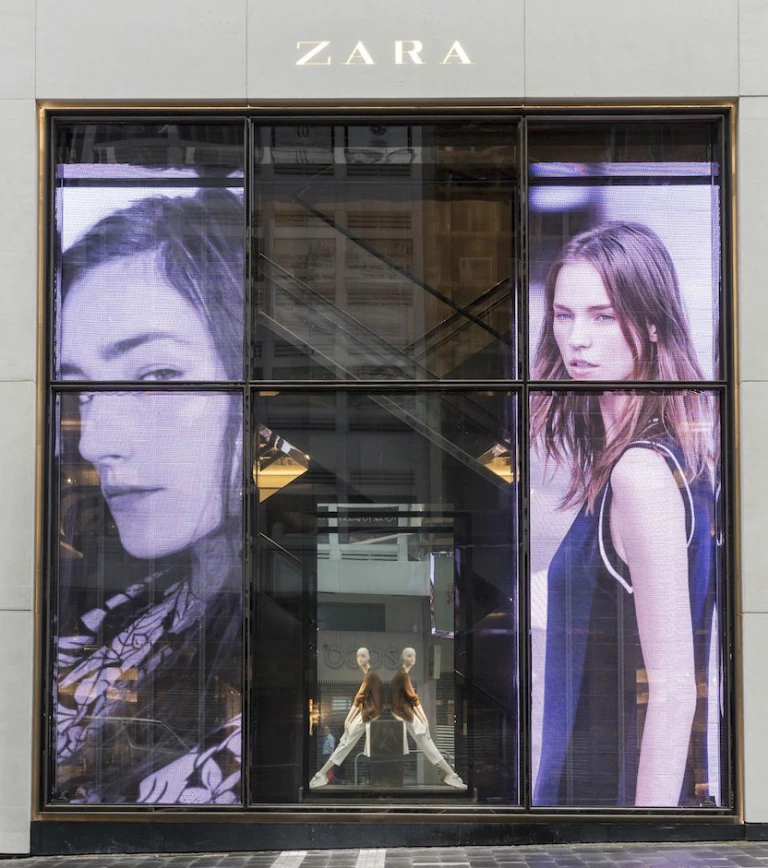
Trade Show Booth (6 m², film LED)
- Display: 6 m² × $1,000 = $6,000
- Total including install/support (~25%): ~$7,500
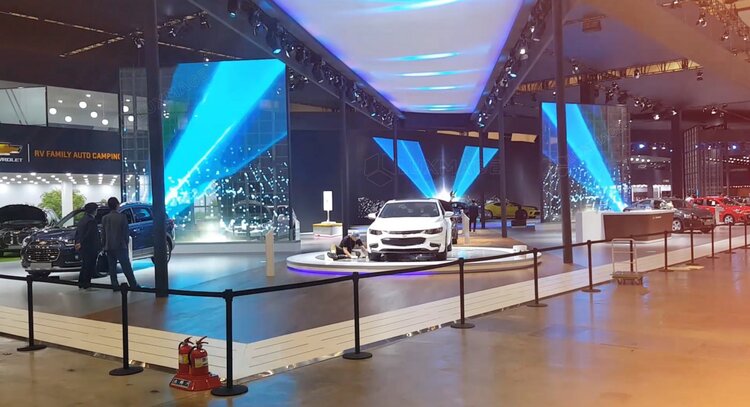
Outdoor Retail Façade (100 m², P7.8 pitch)
- Display: 100 m² × $1,200 = $120,000
- Installation & environmental prep: +$30,000
- Yearly upkeep (7%): $8,400
Return on Investment (ROI)
Transparent LED display delivers strong ROI through:
- Foot traffic increases of 12–30% in retail settings
- High-value façade ads, seen in landmarks like Dubai Mall, which generated millions annually
- Lower energy costs through efficient LED tech
- Modular design, enabling content updates and rental options for diversified revenue
Buy vs. Rent: What Works Best?
Short-term rentals—such as transparent screen rental in Los Angeles—cost $800–$1,500/m²/day, ideal for pop-ups and events. Long-term investments benefit from purchase when amortized over multi-year use, especially with revenue-driving content.
Choosing the Right Vendor
Key questions for suppliers:
- Which pixel pitch is optimal for viewer distance?
- What are the brightness and transparency specs (in nits and %)?
- Is the display weatherproof for outdoor use?
- What’s included in installation and ongoing support?
- Is the CMS/software capable of managing dynamic, interactive content?
- What are warranty terms and service level agreements?
Alternatives & Technological Options
- Transparent OLED Displays: Ideal for indoor luxury, with superior contrast but lower brightness and higher costs.
- Film/Grille LEDs: Ultra-thin and flexible for short-term events and curved surfaces, though less durable outdoors.
Final Thoughts
Transparent LED display transforms plain glass into vibrant brand canvases—perfect for luxury stores, trade show booths, hotel lobbies, and retail facades. While costs range from $600 to $6,000+ per m², the value lies in visibility, engagement, and versatility. By aligning specs with use-case, assessing total costs, and selecting reputable suppliers, businesses can harness this technology for compelling impact and measurable returns.


